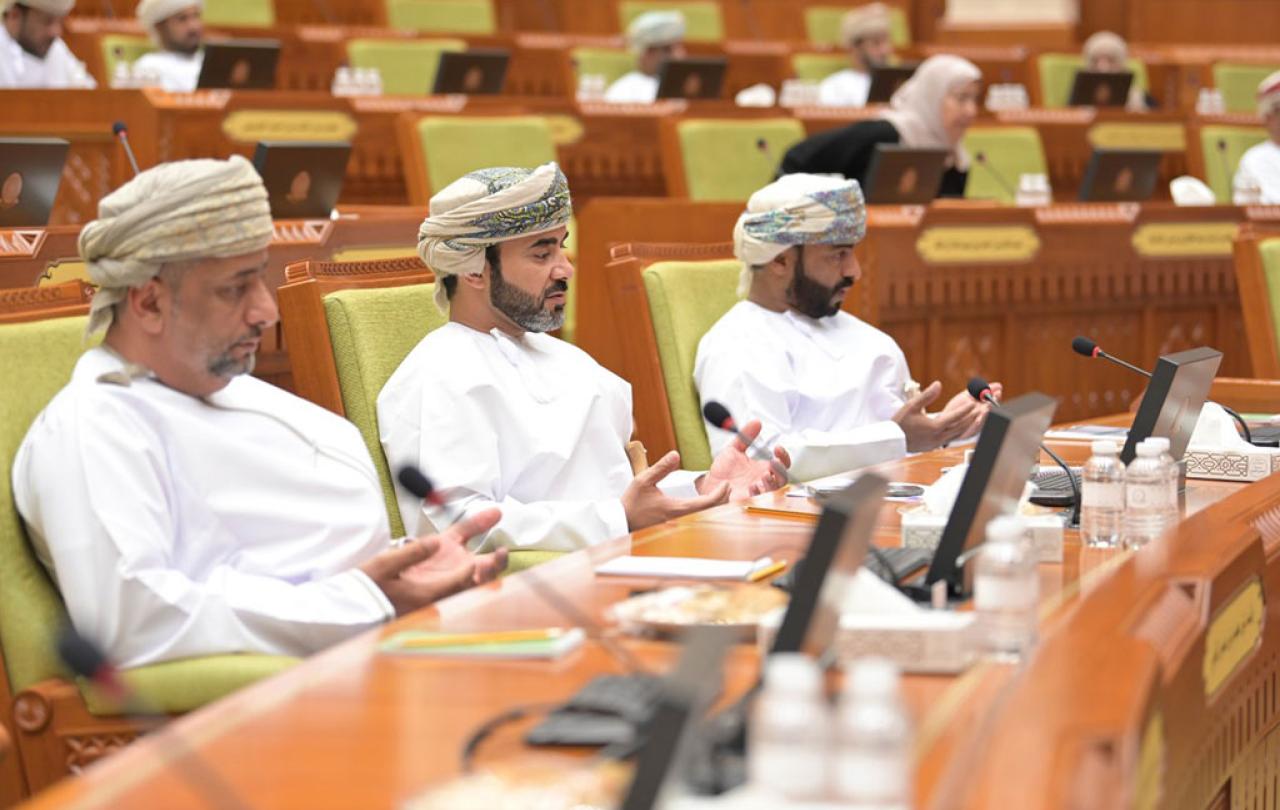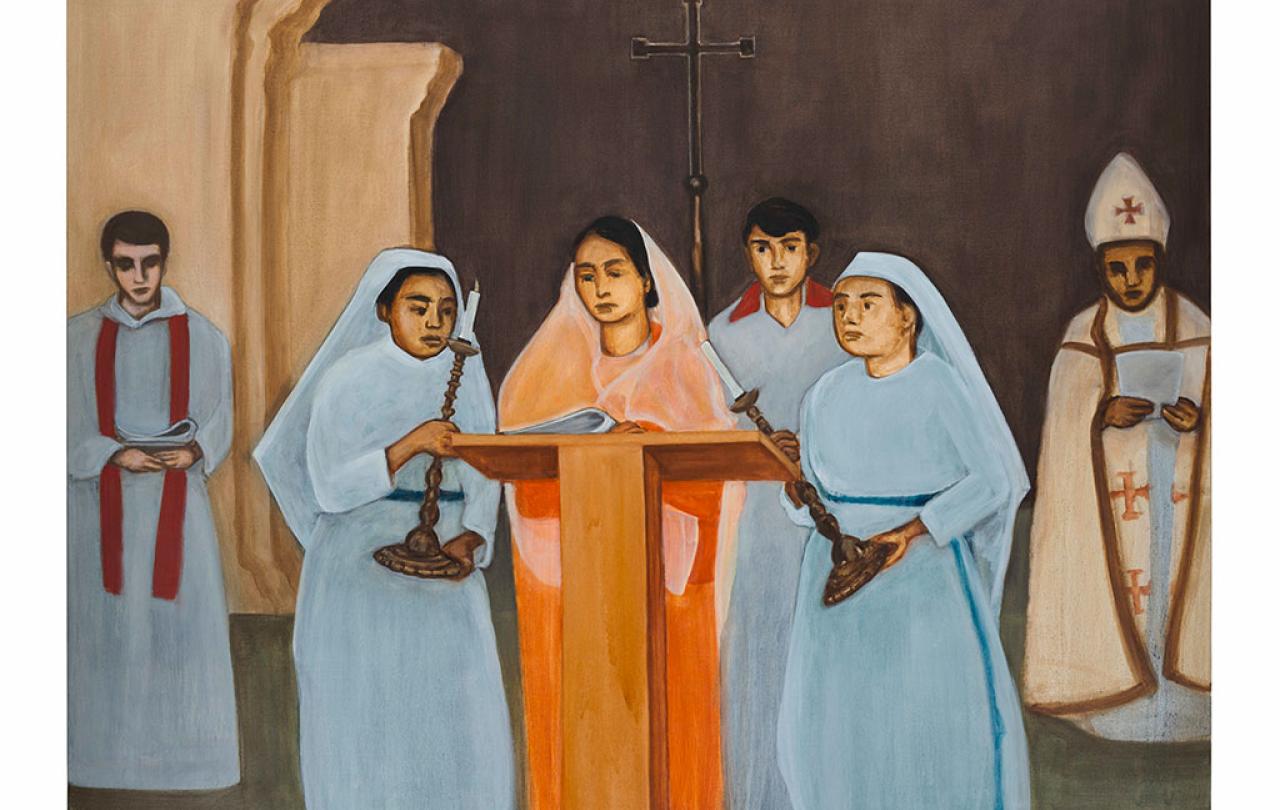
I once participated in an American University forum looking at Gulf states and the development of democracy. Underlying the barely disguised criticism of political processes in the Arab world were three assumptions. Firstly, that there was an assumption that everyone understood which model of democracy was being referred to. Secondly, that this model should be a desirable universal goal for all nations to aspire to. Finally, that democracy works and is ‘good’.
The first assumption is quickly undermined when one does a brief survey of democratic processes in European countries. There are no two countries which have a similar modus operandi when it comes to conducting elections. Which democratic model should one aspire to?
On the second assumption, I was reminded that the very concept of democracy as touted by Plato was already flawed. In Ancient Greece, the public decision-making process excluded women, peasants and slaves. The elite Athenian men who got to occupy the space of power on Pnyx Hill, were already wealthy and privileged.
Similarly, the US constitution, with its line “All men are born free and equal, and have certain natural, essential, and unalienable rights” did not include women and slaves, thus undermining the slogan ‘a government of the people by the people’.
It would seem that even today in the west, the democratic process still favours the elite and excludes certain categories of people.
Their emphasis is on values-driven leadership; these values predate Islam and were forged in the harsh climate of the desert.
So how do we define democracy?
While academics cannot agree on one definition, there is a recognition that most democracies have one main feature: that they include a transparent, accessible and inclusive process by which citizens can appoint their governments.
Free and inclusive elections are not a feature of Gulf states. The authorities in Gulf countries are often criticized for their suppression of their political opponents and flagrant abuse of human rights. While several Gulf countries do hold elections, they tend to be limited in terms of who can participate, and once elected their roles in office tend to be more advisory rather than that of a decision maker.
So how do governments in the Arabian Gulf work?
Each Gulf state is led by a ruling family who secure their position within a rentier state economy, by sharing their largesse from the oil industry with their citizens. Failure to be generous with their tribal allies would lead the ruling family into a potential conflict. A future challenge is what happens when the oil runs out. How will ruling families secure the loyalty of their citizens?
In the United Arab Emirates (a federation of seven semi-autonomous regions headed up by a ruling sheikh), I have learned their style of governance is rooted in centuries of tribal wisdom. Their emphasis is on values-driven leadership; these values predate Islam and were forged in the harsh climate of the desert.
Bad leaders generally don’t last long in tribal societies.
The quintessential Arab leader should serve their people with humility, wisdom, integrity, courage and generosity; these personal leadership qualities have underpinned Arab tribal culture for millennia. The eminent historian and pioneer sociologist, Ibn Khaldun (1332-1406) describes in his seminal work The Muqaddimah, observes the importance of ‘assabiya (public consensus or group cohesion) as the glue that holds successful societies together. He went onto describe how Arab societies achieved consensus. The most common form was the council of elders or a shura, in which the representatives of the tribes came to a common decision. It was a shura which appointed the first Caliph after the death of prophet Mohammed. This concept exists to this day in modern Oman, whose government describes their version of parliament as a shura. It is a matter of debate as to how representative of the people the shura is, but the point is that in Islam there is a process which exists which seeks to reach consensus or ‘assabiya. It is worth noting that the concept of ‘assabiya is reflected in Rousseau’s political philosophy of working towards the common good and will of the many. For the record, Rousseau was not a believer in democracy.
It is ‘assabiya which leads to tribes offering their allegiance to a ruling sheikh, once they are persuaded of the legitimacy of his ‘fitness’ to lead. Although Gulf dynasties have been established for several generations, it is not automatically a model of primogeniture. For example, the position of the Emir of Kuwait is supposed to be shared between two alternate branches of the Al Sabah family. On the other hand, the de facto ruler of the Emirates was the first son of the third wife on account of his political acumen and clear leadership skills.
Upon the death of a ruler, the family will seek to identify an elder within the family who displays the merits and qualities desired in a leader. These qualities are essential in holding the allegiance of most of the tribes. An incompetent, selfish or vicious ruler will swiftly disrupt the ‘assabiya and lose the allegiance of the tribes. There is a system of sorts, of checks and balances to ensure for the most part a benign ruler who will hold the best interests of their people to heart.
And it works well, as attested by the common man on the street. in the UAE there seems to be a genuine respect, even affection for many of the ruling families.
The Gulf States would be the first to say that they are not democracies, but their histories have demonstrated that overall, their countries have flourished, and political stability has been consistent. Bad leaders generally don’t last long in tribal societies.
Yet, there is still a conviction held by western governments that life in the Gulf states would improve if they adopted democracy as a way of life. While this sentiment may appear to be admirable, in reality, when democracy has been hoisted on Arab states it has not ended well.
Western politicians simply do not understand the context in which hostile, militant and organized Islamists lurk.
Kuwait was the first Gulf state to adopt a semblance of democracy and their media are among the most independent in the region. Yet the country’s commitment to move towards democracy, as an attempt to integrate with the global economy, has backfired. The Kuwaiti democratic processes have enabled a highly organized and elected Islamist group which has consistently paralyzed the Kuwaiti parliament and thwarted their pro-western policy ambitions.
It is ironic too, that where Middle Eastern countries have embraced democratic processes, the elections have been won or successfully contested by political parties who would be seen as threats to the Western world. Hamas in Palestine, the Muslim Brotherhood in Egypt, the Hirak Islamist group in Algeria and the AKP in Turkey. All these supposedly democratically elected parties have faced opposition and concern from Western nations. In some cases, western powers have actively conspired to bring down elected governments in order to defend their interests. Iran is a case in point.
It would seem that democracy in the Middle East is only acceptable in the west if the ‘right’ people win it.
The democratic experiment in Iraq came with a high cost in terms of loss of lives, and the jury is still out on whether the Iraqi parliament can deliver a national agenda in which security and prosperity can be enjoyed by all their citizens.
It is for this reason that a senior Emirati leader recently explained at a press gathering, that the pressure to adopt democracy as a model of government in the Middle East is unreasonable. Western politicians simply do not understand the context in which hostile, militant and organized Islamists lurk.
“Why would anyone want to buy into a system that would inflict a country with the likes of the leaders you have now?”
That said, things are changing. The UAE sponsored Marrakesh Declaration which seeks equal citizenship in Muslim majority countries for religious minorities is clearly a step in the right direction for ensuring protection for all.
Should we then insist on democracy in the Arabian Gulf?
For thousands of years, the Arabs have had their own mechanisms of selecting leaders. They do not see the need to adopt western democratic procedures which are potentially likely to disrupt the economic prosperity and security of their citizens.
St Paul once wrote the following words in the context of an oppressive Roman Empire, ‘the authorities that exist have been established by God’. While Christians cheerfully apply this teaching to support their democratically elected leaders, it is worth asking, ‘should this not apply to the leaders of the Gulf states too’?
Meanwhile, back in the American University, a bewildered Emirati student whispered to me during a particularly strident presentation on the virtues of democracy, “Why would anyone want to buy into a system that would inflict a country with the likes of the leaders you have now?”
His words gave me pause for thought and led me to question what we assume to be a self-evident truth, that democracy should be the aspiration of all countries. Should we insist that Gulf states adopt democracy as their mode of governance? Would democracy work in the Arabian Gulf economy and culture?

